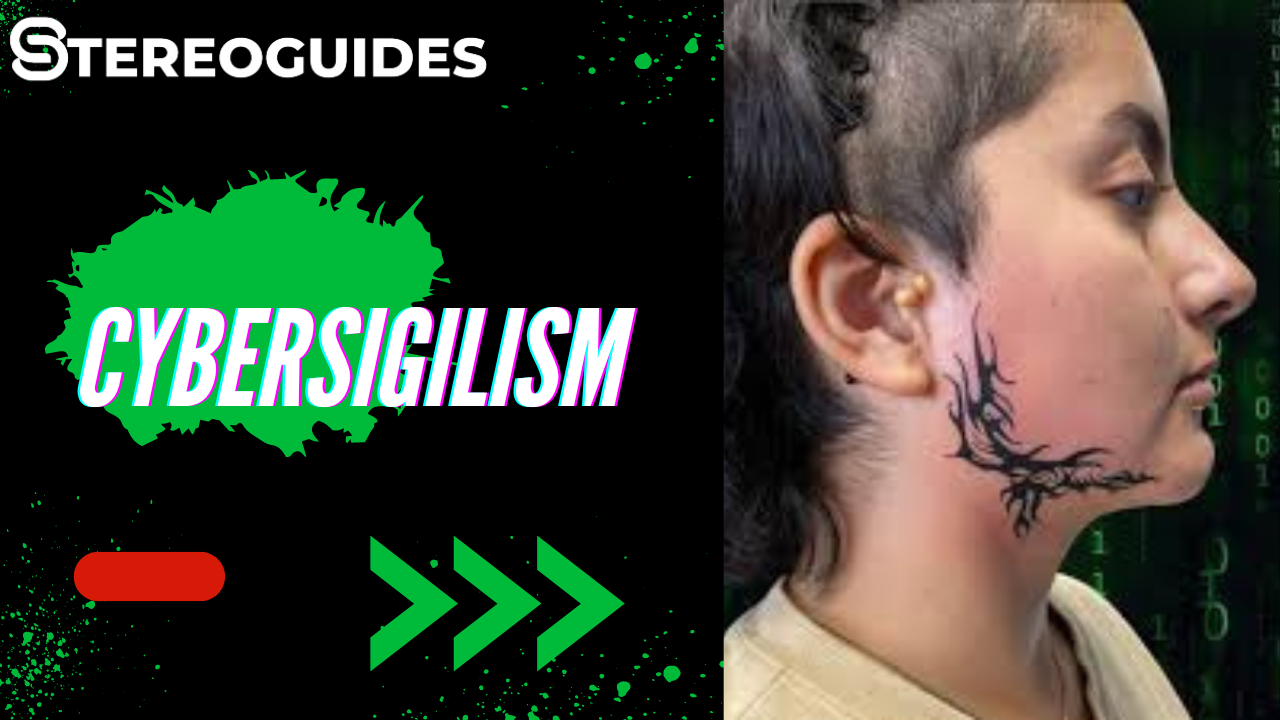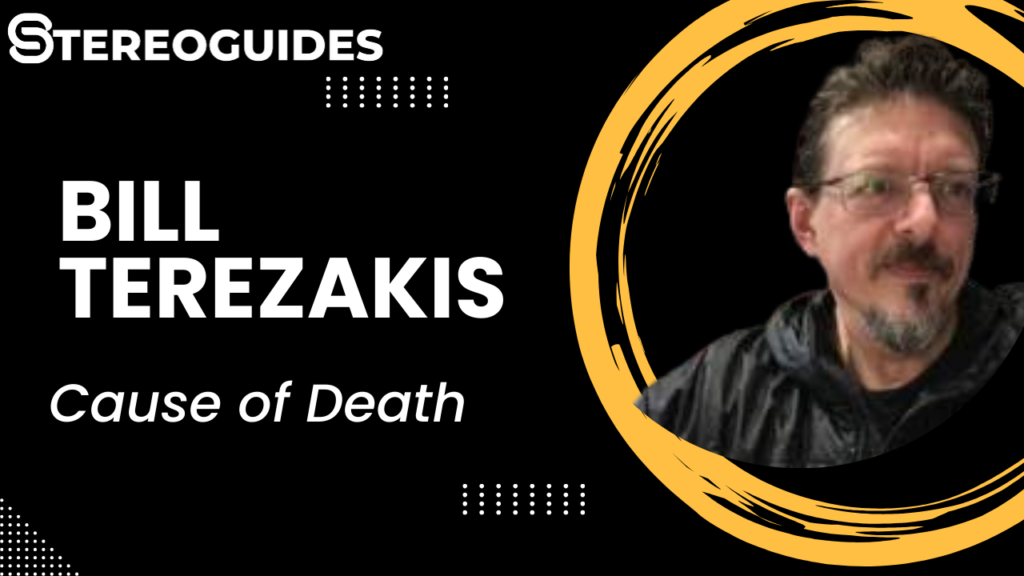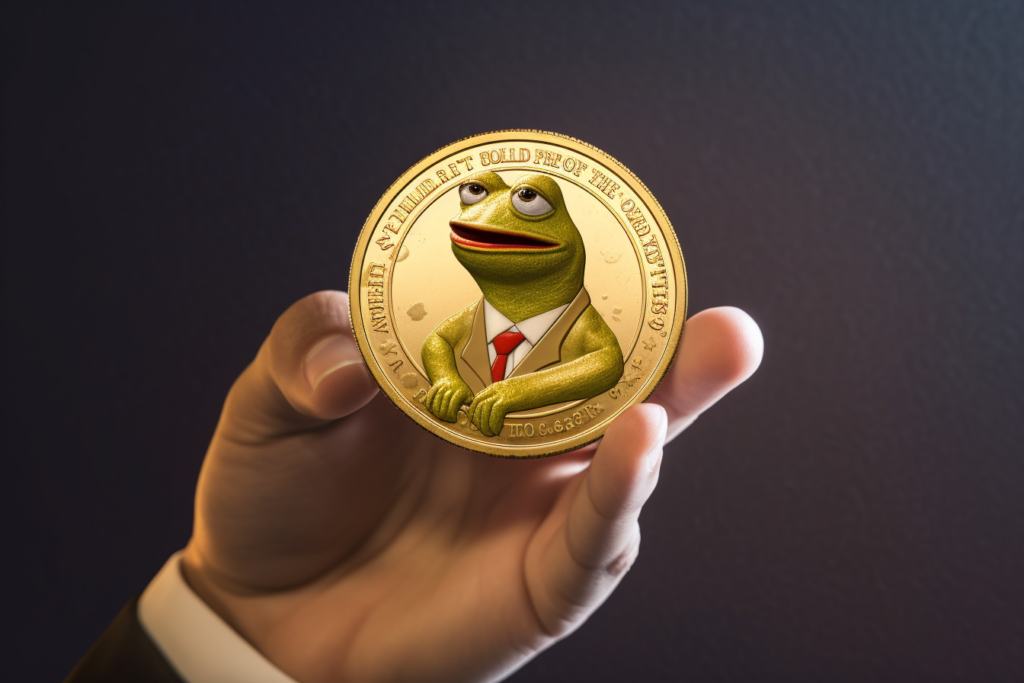In the ever-expanding realm of the digital universe, where technological innovation meets cultural evolution, a new movement has emerged: cybersigilism. This term, a portmanteau of “cyber” and “sigilism,” describes a fascinating intersection where ancient practices of symbolism and magic converge with modern digital tools and platforms. At its core, cybersigilism involves the creation, dissemination, and activation of digital sigils — symbols believed to harness spiritual power or intent — across the vast network of the internet. This article explores the origins, practices, cultural implications, and future potential of cybersigilism, a movement that brings together elements of digital art, cyberculture, and esoteric traditions to forge a new path in contemporary spirituality.
The Origins of Cybersigilism
To understand cybersigilism, we must first explore the concept of sigilism. Traditional sigils are symbols that represent a specific intention, desire, or magical goal. Rooted in various occult and esoteric traditions, including Western Hermeticism and Chaos Magic, sigils have been used for centuries as tools for focusing the practitioner’s intent and manifesting their desires in the physical world. Traditionally, a sigil is created through a process that involves reducing a specific desire into a unique symbol, often by combining letters, numbers, and abstract shapes. The sigil is then “charged” or imbued with power, typically through meditation, visualization, or ritualistic practices, before being released into the subconscious mind or external world to fulfill its purpose.
The Birth of Digital Sigils
The advent of the digital age and the internet has brought about a profound transformation in many aspects of human life, including spiritual practices. As technology began to permeate all facets of society, it was only a matter of time before traditional magical practices such as sigil creation found their way into the digital domain. Digital sigils are essentially sigils that are created, disseminated, and activated using digital tools and platforms. They may be crafted using graphic design software, animated, or embedded with multimedia elements to enhance their visual appeal and potency.
The concept of digital sigils first emerged in the early 2000s, in parallel with the rise of cyberculture and the increasing accessibility of digital tools for creative expression. Enthusiasts of occult practices and digital art saw an opportunity to merge these fields, creating a new genre of digital magic that was both innovative and rooted in ancient traditions. Early adopters of cybersigilism began experimenting with creating sigils using simple graphic design tools and sharing them on forums and websites dedicated to occultism and esoteric practices.
The Role of Cyberculture in the Development of Cybersigilism
The development of cybersigilism is closely tied to the rise of cyberculture, a culture that emerged from the interaction of individuals within the internet and digital technologies. Cyberculture is characterized by a fascination with digital identities, virtual realities, and the blending of the physical and digital worlds. It is within this cultural context that cybersigilism found fertile ground to grow.
In many ways, cybersigilism is a response to the rapid digitalization of society and the desire to find spiritual meaning and connection in a world increasingly dominated by technology. The internet provided a new space for the exploration of magic and spirituality, free from the constraints of traditional religious institutions and dogma. Cybersigilism emerged as a natural extension of this exploration, offering practitioners a way to engage with ancient spiritual practices in a modern, digital context.
You can also check: Revo Technologies Murray Utah
The Practices and Principles of Cybersigilism
At the heart of cybersigilism is the creation of digital sigils. The process of creating a digital sigil mirrors that of a traditional sigil, with some important distinctions. Practitioners begin by defining their intention or desire, which is then distilled into a symbol or series of symbols. However, unlike traditional sigils, which are often hand-drawn, digital sigils are created using graphic design software, such as Adobe Illustrator, Photoshop, or online tools like Canva.
The digital medium allows for a greater range of creative expression and experimentation. Practitioners can incorporate various visual elements, such as colors, shapes, and patterns, to enhance the aesthetic appeal and symbolic power of the sigil. Some practitioners even animate their sigils or embed them with sound and video elements to create a more immersive and dynamic experience. The use of digital tools also allows for easy editing and refinement, enabling practitioners to iterate on their designs until they achieve the desired effect.
Charging and Activating Digital Sigils
Once a digital sigil is created, it must be “charged” or activated to fulfill its intended purpose. This process involves imbuing the sigil with the practitioner’s intent and releasing it into the digital or physical world. In cybersigilism, charging and activating a sigil can take many forms, depending on the practitioner’s preferences and beliefs. Some common methods include:
- Visualization and Meditation: The practitioner may meditate on the digital sigil, visualizing it as a glowing, powerful symbol imbued with their intent. This process helps to focus the mind and channel the practitioner’s energy into the sigil.
- Digital Dissemination: One of the unique aspects of cybersigilism is the use of the internet as a medium for charging and activating sigils. Practitioners often share their digital sigils on social media platforms, websites, or forums, allowing the sigil to “spread” and gain power through the collective attention and energy of the online community. The more a sigil is viewed, shared, or interacted with, the more powerful it is believed to become.
- Multimedia Activation: Some practitioners incorporate multimedia elements, such as sound, video, or interactive elements, to enhance the activation process. For example, a digital sigil may be accompanied by a specific sound frequency or mantra that is believed to enhance its potency.
The Role of Community and Collaboration
Community and collaboration play a central role in cybersigilism. Unlike traditional sigilism, which is often a solitary practice, cybersigilism thrives on community interaction and collaboration. Practitioners share their digital sigils online, seek feedback from others, and collaborate on joint projects to create more powerful and complex sigils. This collaborative aspect of cybersigilism reflects the broader culture of the internet, where information and ideas are freely shared, remixed, and built upon.
Online communities, such as those found on Reddit, Discord, or specialized forums, serve as hubs for cybersigilists to connect, share their work, and exchange ideas. These communities provide a space for practitioners to learn from one another, experiment with new techniques, and collectively explore the possibilities of digital magic. The communal nature of cybersigilism also reinforces the belief that digital sigils gain power from collective attention and intention, further encouraging collaboration and community building.
The Cultural and Social Implications of Cybersigilism
One of the most significant cultural implications of cybersigilism is its ability to blur the boundaries between digital and physical reality. In traditional magical practices, sigils are typically created and activated in the physical world. In cybersigilism, however, the digital realm becomes a space for spiritual exploration and practice, challenging conventional notions of what constitutes “real” or “authentic” magic.
Cybersigilism also raises questions about the nature of reality and the relationship between the digital and physical worlds. By treating digital spaces as legitimate realms for spiritual practice, cybersigilism suggests that the digital world is not merely a reflection or extension of the physical world but a distinct and equally valid space for human experience and expression. This perspective aligns with broader trends in digital culture, where virtual experiences and digital identities are increasingly seen as integral components of human life.
Democratizing Access to Esoteric Knowledge
Cybersigilism also has significant implications for the democratization of esoteric knowledge. In the past, access to occult knowledge and practices was often restricted to secret societies, religious institutions, or a select group of initiates. However, the internet has made it possible for anyone with an interest in the occult to access a vast array of resources, including books, articles, tutorials, and forums dedicated to magic and esoteric practices.
Cybersigilism leverages this accessibility, allowing practitioners to learn, experiment, and share their experiences with others regardless of their background or location. This democratization of esoteric knowledge challenges traditional hierarchies and gatekeeping practices, making spiritual exploration more accessible and inclusive. It also reflects a broader trend in contemporary spirituality, where individuals are increasingly seeking out personalized, DIY approaches to spiritual practice that align with their unique beliefs and experiences.
Fostering a New Digital Spirituality
Cybersigilism represents a new form of digital spirituality that is uniquely suited to the contemporary digital landscape. Unlike traditional religious practices, which often emphasize adherence to established doctrines and rituals, cybersigilism encourages experimentation, innovation, and personalization. Practitioners are free to develop their own methods, symbols, and rituals, drawing on a diverse array of influences and traditions.
This emphasis on personalization and innovation aligns with broader cultural trends in contemporary spirituality, where individuals are increasingly seeking out personalized, eclectic approaches to spirituality that reflect their unique experiences and beliefs. Cybersigilism also reflects a growing interest in “techno-spirituality,” a term that describes the use of digital technologies to facilitate spiritual experiences and practices. By merging digital tools with ancient spiritual practices, cybersigilism offers a new model for spiritual exploration in the digital age.
The Future of Cybersigilism
As technology continues to evolve, new possibilities are emerging for the practice of cybersigilism. Advances in virtual and augmented reality, for example, offer exciting new opportunities for creating immersive, interactive digital sigils that can be experienced in new and innovative ways. Imagine a digital sigil that can be projected into a virtual environment or an augmented reality application that allows users to see and interact with digital sigils in the physical world.
Similarly, advances in artificial intelligence and machine learning could be used to develop new methods for creating and activating digital sigils. For example, AI algorithms could be trained to generate unique sigils based on specific intentions or to analyze patterns of user engagement to optimize the activation process. These technological advancements offer exciting possibilities for the future of cybersigilism, opening up new avenues for exploration and experimentation.
Challenges and Ethical Considerations
Despite its potential, cybersigilism also faces several challenges and ethical considerations. One of the primary challenges is the issue of digital privacy and security. Because cybersigilism often involves the sharing of digital sigils and personal intentions online, practitioners must be mindful of the potential risks associated with sharing sensitive or personal information in a public or semi-public digital space.
There are also ethical considerations related to the use of digital technologies in spiritual practices. For example, some critics argue that the use of digital tools and platforms in spiritual practices can lead to a commodification or trivialization of sacred traditions. Others raise concerns about the potential for digital technologies to be used in ways that exploit or manipulate individuals, such as through the use of targeted advertising or data mining practices.
The Potential for Cybersigilism to Influence Mainstream Spirituality
Despite these challenges, cybersigilism has the potential to significantly influence mainstream spirituality in the coming years. As more people turn to digital spaces for spiritual exploration and connection, practices like cybersigilism are likely to become more mainstream and widely accepted. Already, there are signs that digital spirituality is gaining traction, with an increasing number of individuals and communities turning to online platforms and digital tools for spiritual guidance, support, and connection.
Cybersigilism also has the potential to influence broader cultural conversations about the nature of reality, the role of technology in human life, and the future of spirituality in an increasingly digital world. By challenging conventional notions of what constitutes “real” or “authentic” spiritual practice, cybersigilism invites us to rethink our assumptions about the nature of spirituality and the role of technology in our lives.
Conclusion
Cybersigilism represents a fascinating and innovative development in the world of contemporary spirituality. By merging ancient practices of sigil magic with modern digital tools and platforms, cybersigilism offers a new and exciting model for spiritual exploration in the digital age. It reflects broader cultural trends in digital culture and contemporary spirituality, including the democratization of esoteric knowledge, the blurring of boundaries between digital and physical reality, and the growing interest in techno-spirituality.
As technology continues to evolve, the possibilities for cybersigilism will only expand, offering new opportunities for innovation and experimentation. However, the movement also faces several challenges and ethical considerations, including issues related to digital privacy, security, and the potential commodification of sacred traditions. As cybersigilism continues to evolve, it will be important for practitioners to navigate these challenges thoughtfully and ethically, ensuring that the practice remains a meaningful and authentic expression of contemporary spirituality.
In the end, cybersigilism is more than just a digital reimagining of an ancient practice; it is a reflection of the evolving relationship between humans and technology, a testament to our enduring desire for connection, meaning, and transcendence in an increasingly digital world. As we move forward into the future, cybersigilism will undoubtedly continue to shape and be shaped by the digital landscape, offering new insights and possibilities for the exploration of spirituality in the 21st century.






